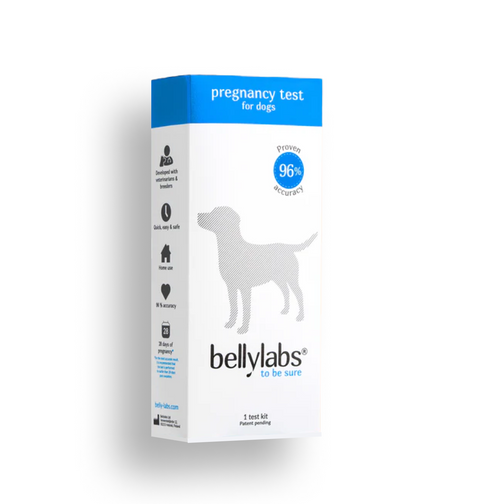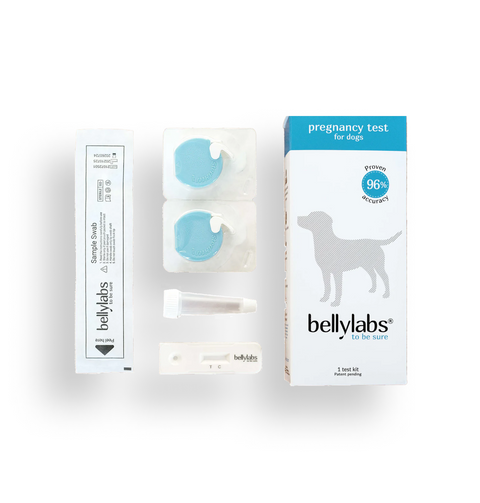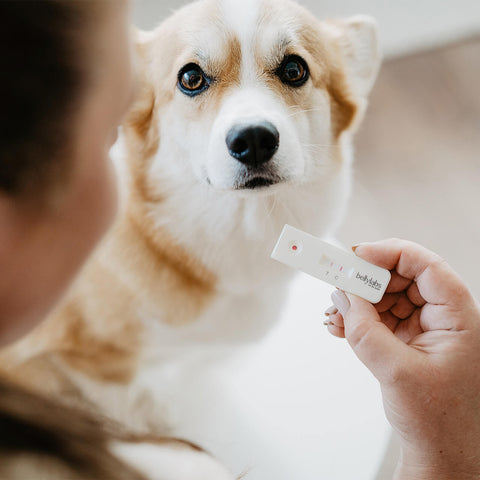Inflammatory diseases of the reproductive tract in female dogs are a prevalent issue in veterinary practice, often leading to significant health complications. Research aimed at understanding the relationship between female health status, cycle phase, age, and genital tract bacterial flora has been ongoing for years, although findings from different studies have often been conflicting.
Key Findings:
This study involved 39 dogs, with 10 classified in the group with genital tract infections and 29 in the group without such infections. The most common bacterial isolates found in vaginal swabs included Escherichia coli, Staphylococcus pseudintermedius, and Streptococcus canis. Gram-negative rods, excluding E. coli, were notably more prevalent in dogs with genital tract infections compared to healthy dogs. Notably, Chlamydiaceae, Chlamydia abortus, and lactic acid-producing bacteria were not detected in the tested swabs.
The study revealed the most prevalent bacteria in the genital tract of female dogs and found similar bacterial counts between healthy and infected dogs, as well as across different cycle stages. The authors suggest that routine bacterial culturing of vaginal swabs in dogs without signs of genital disease may offer limited diagnostic value. Instead, they advocate for thorough clinical and cytological examinations prior to bacterial culturing to aid in interpretation. Overall, the study underscores the complexity of interpreting bacterial growth in vaginal cultures and highlights the importance of comprehensive diagnostic approaches in managing reproductive tract health in female dogs.
Read the full article here
Authors: Edyta Golińska, Natalia Sowińska, Anna Tomusiak-Plebanek, Marlena Szydło, Natalia Witka, Joanna Lenarczyk,and Magdalena Strus












